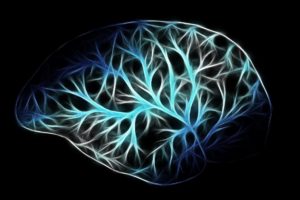New data reveals common brain abnormalities in people with clinical depression & social anxiety

New research suggests people living with major depressive disorder (MDD) (or clinical depression), and social anxiety disorder (SAD) share common, specific structural brain abnormalities that can be identified by imaging scans
People living with major depressive disorder (MDD) (or clinical depression), and social anxiety disorder (SAD) share common, specific structural brain abnormalities that can be identified by imaging scans, according to new data presented at the annual meeting of the Radiological Society of North America in Chicago this week
Chinese researchers compared high-resolution magnetic resonance imaging (MRI) brain scans of 37 people with clinical depression (MDD), 24 people with social anxiety disorder, and 41 people with no mental illness, and examined differences in grey matter of the brain.
Lead researcher, Dr Youjin Zhao explained clinical depression and social anxiety disorder have some clinical symptoms in common, however few studies have searched for similarities or differences in brain structure of those living with these mental illnesses.
According to a media release quoting Dr Zhao, MDD and SAD patients, when compared to healthy controls, showed grey matter abnormalities in the brain’s salience and dorsal attention networks.
Scientific news publication, the Eureka Report, describes the salience network as a collection of brain regions that determine which stimuli are deserving of our attention, while the dorsal attention network plays a pivotal role in focus and attentiveness.
“Our findings provide preliminary evidence of common and specific grey matter changes in MDD and SAD patients,” said Dr Zhao.
“Future studies with larger sample sizes combined with machine learning analysis may further aid the diagnostic and prognostic value of structural MRI.”
Although the research identified abnormalities in brain structure, researchers remain uncertain of what the research could mean.
Dr Zhao explained a greater cortical thickness, as identified in both MDD and SAD patients, when compared to the control group of healthy patients, may reflect a compensatory mechanism related to inflammation or other aspects of the pathophysiology.
She also suggested another reason behind the differences in brain composition.
“Greater anterior cingulate cortical thickness could be the result of both the continuous coping efforts and emotion regulation attempts of MDD and SAD patients,” Dr Zhao said.
Dr Zhao and her colleagues cite their findings offer a starting point for further research into structural MRI, and heightened understanding of this may assist the diagnosis and treatment of MDD or SAD.
Learn more about the research findings here.
